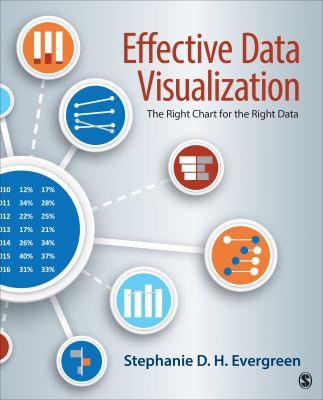
|
The book is an indispensable guide to choosing the right types of visual aids for your academic presentations. Covering an array of visual forms of data such as scatterplots and heat maps, the book targets at not only students, but also academics, researchers, and professional data analysts. Learning objectives, exercises, and recommended resources are provided in each chapter.
Highlights include visualising comparisons (pp. 33-70), what the survey says (pp. 101-138), communicating correlation and regression (pp. 161-174), visualising qualitative data (pp. 175-194), and depicting trends (pp. 195-224).
|
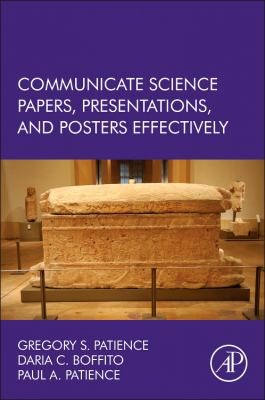
|
Focusing on academic presentation contexts, the book will guide you how to prepare for paper and poster presentations in seminars and conferences by articulating results, findings, and conclusions accurately and concisely. Supplemented with chapter-end exercises and explanatory notes, you will learn how to produce and deliver memorable presentations with abundant examples of graphs and tables.
Highlights include how to make graphs (pp. 67-88), tables (pp. 89-104), memorable presentations (pp. 141-174), and posters that captivate (pp. 175-202).
|
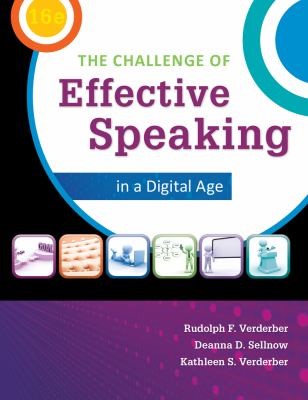
|
Incorporating sample student speeches, this book appeals to students who want to improve their public speaking and impromptu speech skills. This guide to effective speaking has 16 chapters organised in a general-to-specific manner. Beginning with introductory chapters about public speaking, the principles of effective speaking are then discussed, followed by strategies to deliver persuasive presentations and skills in ceremonial and group presentations.
Highlights include adapting to audiences (Ch. 5), organising the speech body (Ch. 7), language and oral style (Ch. 10), and persuasive speaking (Ch. 14).
|

|
The book explicates the oral presentation process in terms of its content, delivery, and design. A presenter in a TED talk is required to speak for 18 minutes or less on a topic. The book provides you with useful and practical skills and tips in engaging, impressing, and captivating the audience. Through careful selection of content and applying a range of verbal and non-verbal communication skills, you will learn how to deliver inspiring as well as entertaining presentations.
Highlights include enhancing your language (pp. 121-130), mastering your verbal delivery (pp. 139-146), managing your nonverbal delivery (pp. 147-152), and creating inspiring slides (pp. 161-166).
|
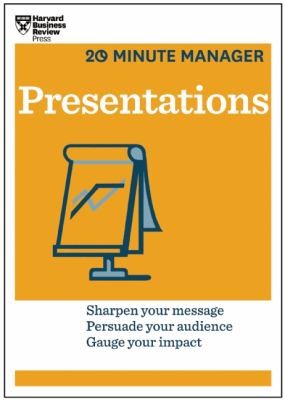
|
This concise guide helps you enhance your presentation skills by walking you through the necessary steps in preparing, delivering, and self-reflecting on a presentation. This quick read also identifies possible embarrassing moments on the stage and provides you with particularly practical and witty tips, helping you better prepare for the presentation and overcome the stage fright by anticipating different scenarios.
Highlights include crafting your message (pp. 23-34), practising your delivery (pp. 49-56), delivering your presentation (pp. 57-64), and managing the response (pp. 65-72).
|
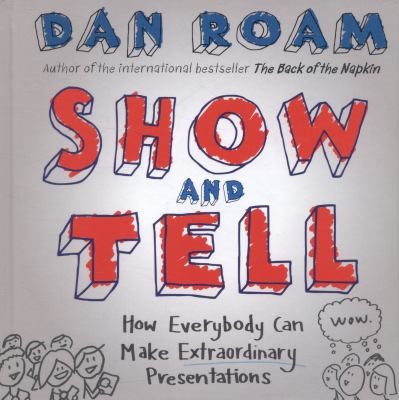
|
With simple yet vivid pictures in only four colours throughout the book, you will learn how to make an outstanding presentation by crafting it as a story. The book emphasises the importance of visual effects in presentations and illustrates the art of “show & tell”. Using minimal texts in a few colours and with different typographical features alongside doodle-like pictures, presentation skills are shown and explained in a clear and memorable way.
Highlights include three rules in making a presentation: tell the truth (Ch. 2), tell it with a story (Ch. 3), and tell the story with pictures (Ch. 4).
|